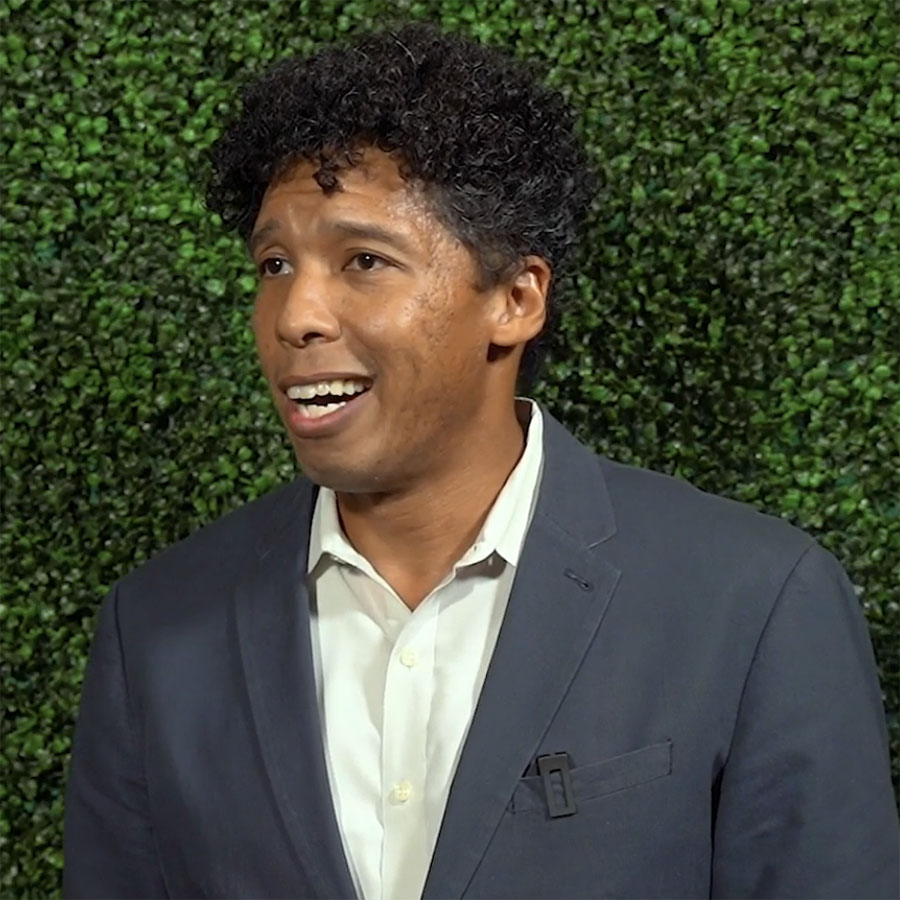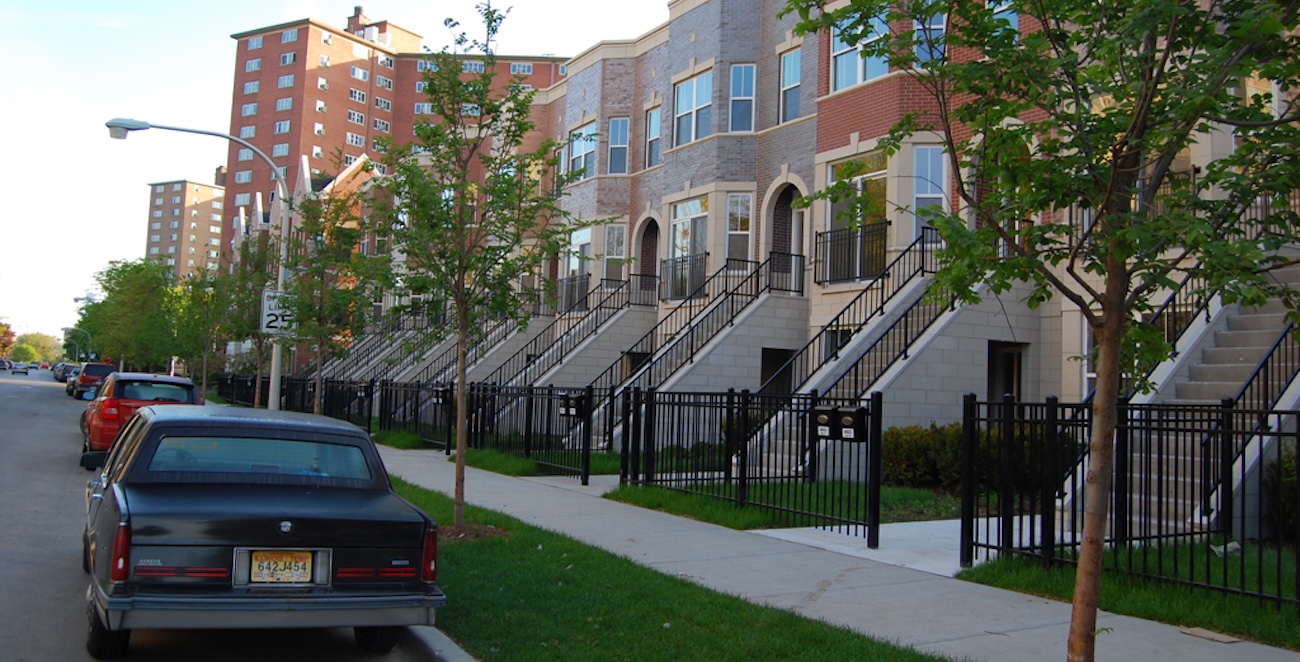One of the first times Mary Carvlin’s basement filled with rainwater overnight, a local water manager told her something that has, hauntingly, proven true time and time again. He told her that “the thing that makes flooding so traumatic is that when the flood is over, the nightmare is just beginning.”
Mary lives in Blue Island, a suburb south of Chicago that saw its heyday back when the primacy of American manufacturing wasn’t yet a memory. Thanks to funding from Cook County, CNT’s RainReady℠ program is working with Blue Island and its neighbors to fight flooding in the Calumet Corridor.
When Mary bought her house at the bottom of Blue Island Ridge 20 years ago, she was assured that her home would be safe. On the off chance that a little water might trickle in, there were sump pumps in the basement. Unfortunately, these assurances ended up being empty promises.
She has had several instances of flooding over the years, and she said they’ve been occurring with increasing severity over the past decade. When it rains, water accumulates on her block and pours over her basement walls. In the worst cases, she has ended up with four feet of street runoff in her home, ruining her appliances and leaving her basement in a state of decay.
“You’d think ‘My god, the whole thing could just crumble off,’” Mary said, explaining the state of her basement walls after years of flooding. Plaster had fallen off in giant chunks, paint had peeled away, and what was left of the walls was stained from the water. She paid a structural engineer to make sure her basement wouldn’t cave in on itself, and she hopes his assurances are as solid as he purports the basement to be.
What makes things especially difficult for Mary is that she lives outside of a designated floodplain, so she doesn’t qualify for many of the relief tools available for flood victims. Our 2013 report The Prevalence and Cost of Urban Flooding found that 97% of Cook County, Illinois ZIP codes flooded between 2007-2011, and some of the ZIP codes with the highest concentrations of insurance payouts for flood damage have no land area within federally designated floodplains.
CNT is working to change all of that for Mary and the countless others like her across the country. We’ve researched and supported legislation at both the state and federal levels to rethink how flooding is defined and relief is allocated. RainReady is working in six of Chicago’s southern suburbs, including Blue Island, to replicate the community resilience planning model we pioneered in the neighboring village of Midlothian. We have a whole host of partners – the U.S. Army Corps of Engineers, the Metropolitan Water Reclamation District (MWRD), Cook County, the South Suburban Mayors and Managers Association (SSMMA), and the Chicago Metropolitan Agency for Planning (CMAP) – who will be working with us on this project.
We first met Mary at a community meeting, and she was inspired by our educational materials to start a resident action group. Mary and her neighbors formed Northeast Blue Island Resident Action Group, and they will be working with the RainReady team to make their community resilient in the face of rain.
Fortunately for Mary and her neighbors, Blue Island officials have provided visionary leadership in combatting flooding in her neighborhood. SSMMA and the social enterprise High Bridge installed a pair of large bioswales in Mary’s neighborhood. MWRD also constructed a series of large bioswales around the neighborhood to sink the water before it even reaches Mary’s property, and it’s working on a larger grey infrastructure storage facility to help Mary and her neighbors. Mary and her group will continue to play a critical role in educating neighbors about runoff, helping to maintain the bioswales, and bringing those resources to flood victims in other neighborhoods around Blue Island.
Mary said her neighborhood has lots of advantages – diversity, tree-lined streets, close proximity to public transit – and she and her neighbors don’t want to leave. RainReady has given them hope.
“I have developed almost PTSD with the sound of rain,” Mary said. “The fact that we can all participate in progressive solutions lifts everybody’s spirits – it makes us feel good.”





 Strengthening Transit Through Community Partnerships
Strengthening Transit Through Community Partnerships